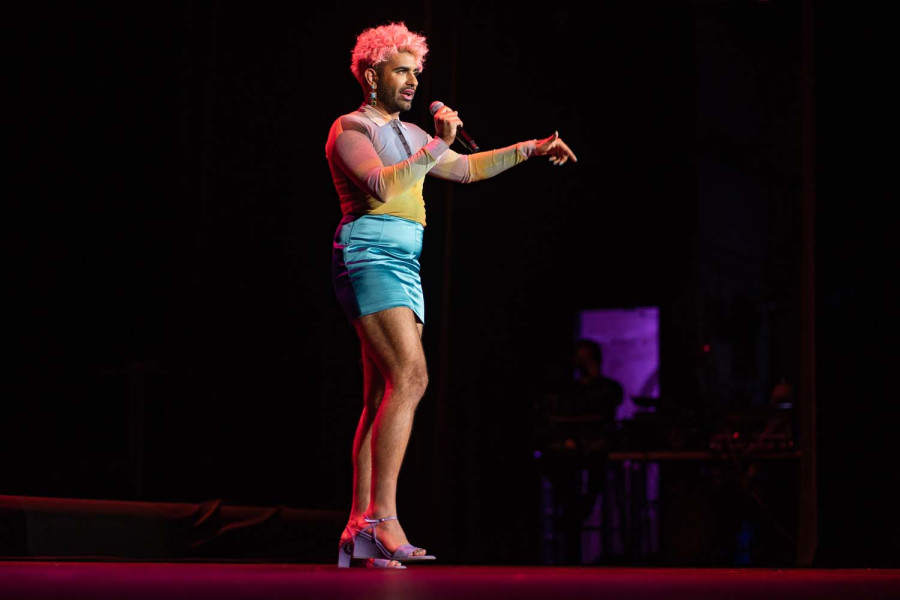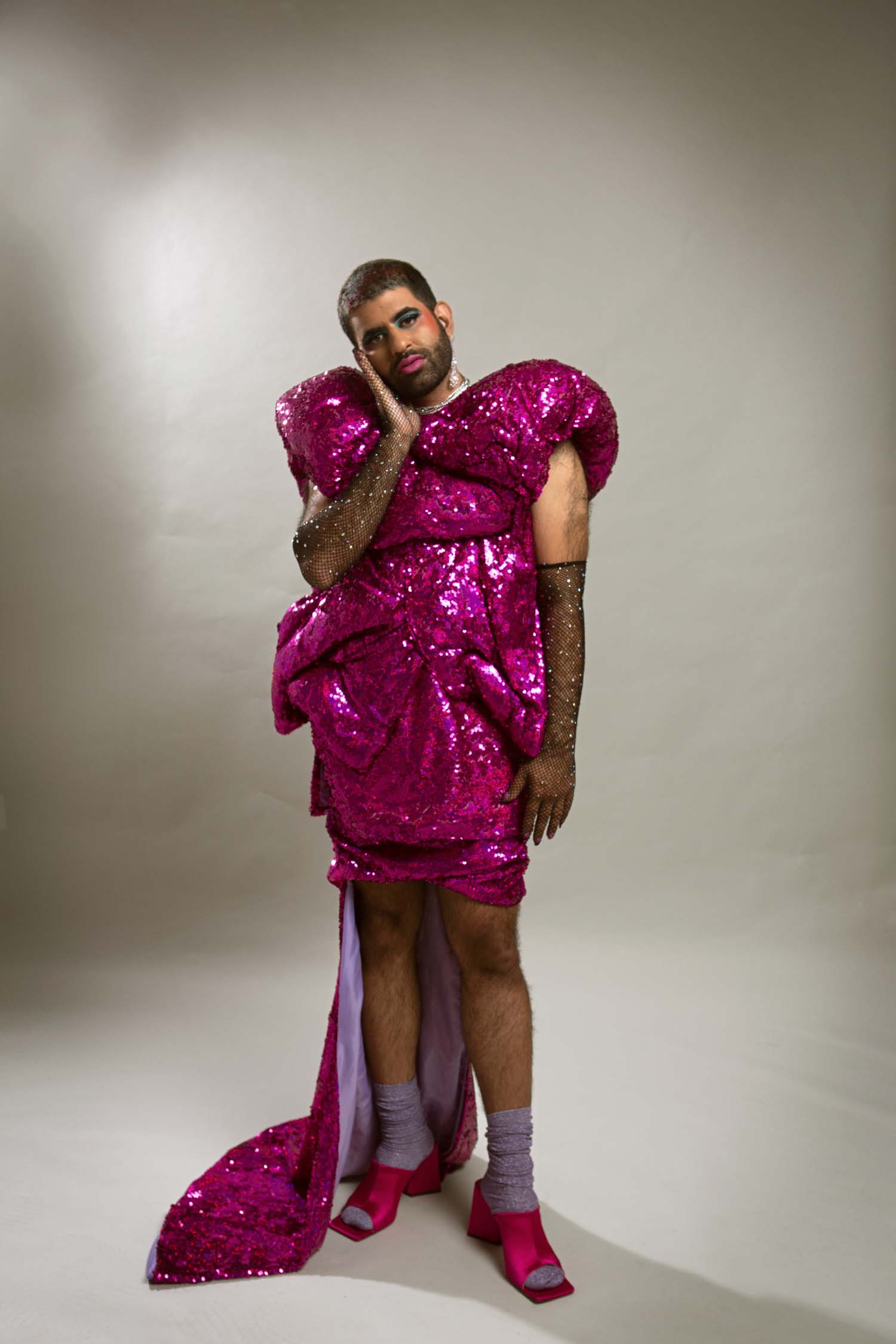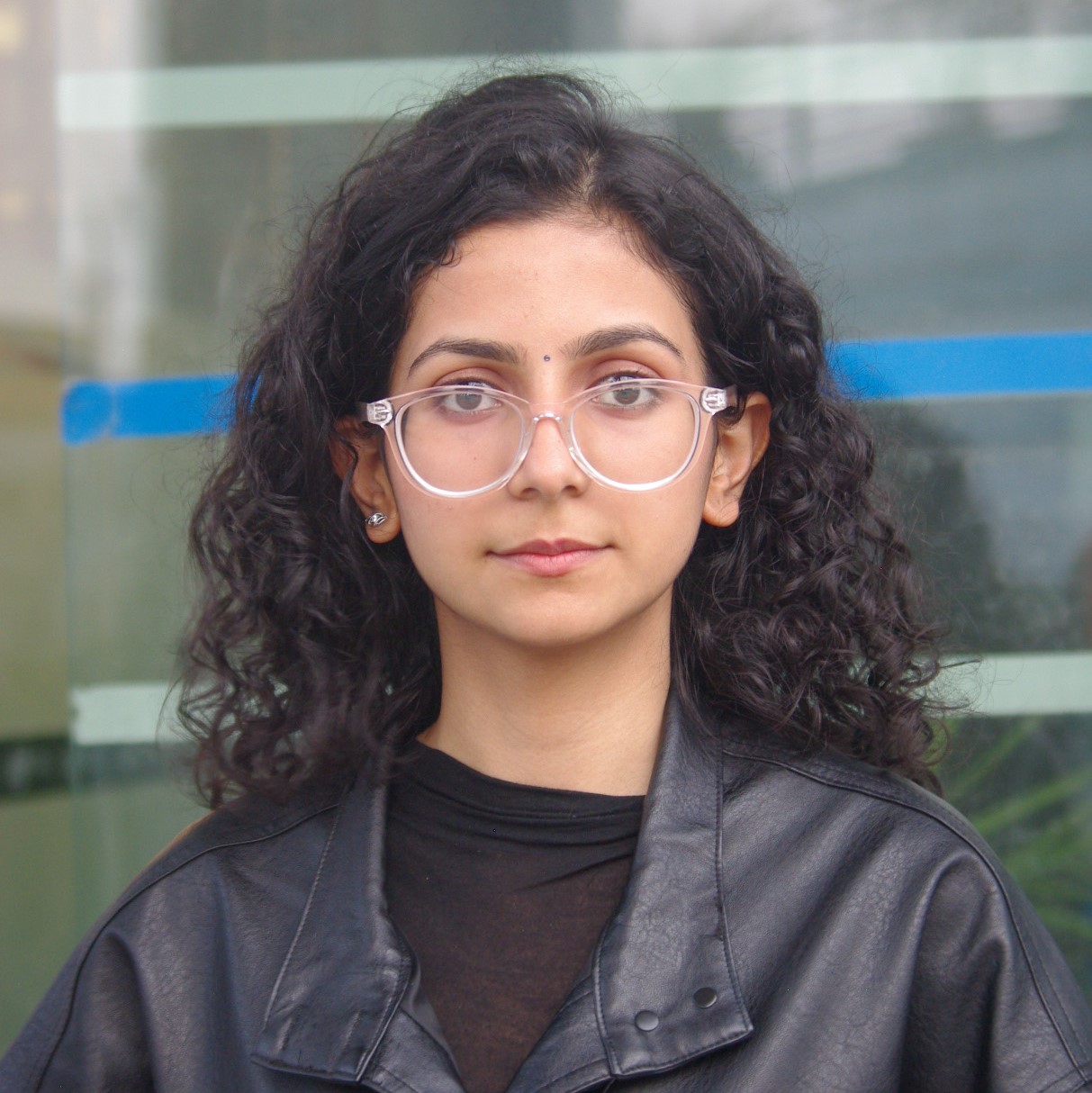Culture & Lifestyle
Dismantling gender norms with humour and eloquence
ALOK shares insights on their creative process, experiences as a gender non-conforming individual and the transformative power of art in the journey towards a more inclusive society.
Anweiti Upadhyay
Alok Vaid-Menon, popularly known as ALOK, is a poet, comedian and actor based in the US. They are the author of ‘Femme in Public’, ‘Beyond the Gender Binary’ and ‘Your Wound/My Garden’. Renowned for their fabulous and avant-garde fashion, ALOK initiated #DeGenderFashion, aiming to degender fashion and beauty industries.
In 2023, they were named ‘Advocate of the Year’ by The Advocate Magazine. They have toured over 40 countries, selling out numerous shows. Their life is the subject of a short documentary, also titled ‘ALOK’, screened at the Sundance Film Festival 2024 last month.
On Friday, they will perform a poetry and comedy special in Kathmandu, co-presented by Quixote’s Cove and Spoken Fest, with an opening performance from Queer Honky-Tonk and Parakram Rana as the host. The show is the last stop on ALOK’s world tour, which has been going on for the last two years.
In an interview with the Post’s Anweiti Upadhyay, ALOK talks about their creative process, experiences as a gender non-conforming individual and the transformative power of art in the journey towards a more inclusive society.
How would you describe your creative process when writing or creating performances?
When I perform, I’m mindful of the audience’s presence. This means considering sound and how people will grasp information since there's no option to rewind in a live setting. I often need to simplify complex ideas for easy communication. The show evolves with each performance, getting refined over the hundreds of iterations of it.
For written pieces, I have more freedom with structure and language. I can experiment, knowing that readers can revisit the text on the page.
Performance is a one-time experience. It’s ephemeral and that’s what makes it exciting—each show is never quite the same.
You’ve mentioned the contrast in how people perceive you on and off stage several times. Have you noticed any changes or improvements in this aspect over the years?
There is a frame of reference for people like me on stage where people just consider us as entertainers. It’s as if my gender is viewed as a costume for the audience, not an inherent part of who I am. Many times, people seem at ease with individuals like me on stage because they believe there’s a beginning and end to the performance, and we’ll return to being “normal”.
I might wear the same outfit on stage that I wouldn’t feel comfortable wearing in public due to the harassment I face. However, with increased visibility (of the community), I’ve seen that shift a little bit.
Nowadays, those who approach me on the street are often fans or people who recognise me, wanting to say hi rather than harass me.
Especially in the context of the US, where I’m usually based, things have taken a somewhat negative turn. The emergence of what I term ‘anti-drag laws’ is making it a potential criminal offence to perform drag. This means even the stage is being criminalised and persecuted in ways it wasn’t just a few years ago. It seems like the current focus is on eliminating spaces for gender-non-conforming individuals to exist.
Your work often addresses themes of race, gender and identity. How do you approach the intersectionality of these subjects in your art?
It’s less of a conscious decision and more of my social reality. My experience is always going to be intersectional. I could never separate my race from my gender or my sexuality. They are kind of all braided into each other. I feel like the experiences of South Asian migrants are particular where part of the way my community responded to racism was by trying to fit in and not draw attention to ourselves.
There are very strict gender norms defining what a man or woman is supposed to look like. Those who were visibly gender non-conforming were often seen as drawing undue attention, which makes us have more scrutiny by people who are racist. I feel like most of the policing within my community can’t be separated from the racism we experienced.
I believe that when writers are most candid about their personal experiences, it resonates universally. Instead of embracing mainstream LGBTQ+ narratives, often rooted in a white Western context, I chose to craft my own story. The art I create stems from an effort to articulate my lived reality.
What do you think about how gender non-conforming individuals are portrayed in mainstream media?
There’s still a long way to go. Casting often follows a binary structure, with roles defined for men and women. I hear a lot of executives say that audiences may not be ready for more diverse representations. This reminds me of the Hays Codes in the US, which restricted LGBTQ+ individuals from appearing on screen. Even though this code is no longer in effect, it seems to shape people’s perceptions.
Society appears comfortable with visibly gender non-conforming individuals only when presented as jokes or villains, lacking the depth other characters have. As a writer and actor, I aim to contribute to changing this narrative by humanising a community that has been so thoroughly dehumanised. While there have been positive strides in representing trans individuals, it tends to align with the binary gender system. Those of us who are gender non-conforming continue to be marginalised in media.
How can art challenge societal norms surrounding identity?
Societal norms are so deeply ingrained in our consciousness that we just perceive them as objective truth or reality. When we come to people with data and information, many refuse to change their minds because their beliefs in gender norms are more faith-based than empirical reality.
The most effective way to challenge these norms is through emotional storytelling. Sharing a compelling story, one where people feel emotionally seen, creates conditions for openness to change. It’s about changing hearts or changing minds.
While legal recognition is important for LGBTQ+ movements, it doesn’t necessarily lead to meaningful cultural change. To truly shift culture, we need to invest in LGBTQ+ artists and storytellers who can reach people on a deeper level and help them understand these concepts.
You have opened up about your journey of accepting yourself as you are, believing in your own self-worth and your struggles with mental health. Can you share a moment when your understanding of your gender identity shifted?
Even in some of my earliest memories, I didn’t fit into the categories of boy or girl. When I was younger, I used to ask my parents to wear my sister’s clothes and fortunately, they were super supportive. However, I didn’t know about being non-binary; I thought I had to choose between being a boy or a girl, and I knew I wasn’t a girl. When I discovered that it was possible to exist outside the binary, I felt a deep sense of joy and peace—like this is who I was meant to be.

It helped clarify a lot of the depression that I had experienced as a young person, as it stemmed from never feeling truly seen or loved for who I was.
It’s unfortunate that oftentimes, the only representation of trans and gender non-conforming people in media is that we’re tragic or suffering, but in my experience, when I was able to express myself, I found so much joy and clarity. The more that I continue to live the most authentic version of myself, the more it becomes easier to cope with my mental health.
What advice do you have for individuals who may be struggling with their own gender identity or expression?
Find other people who can help you in-person because oftentimes, while there are incredible resources on the internet, it’s not the same kind of support as having a friend. See if there are any local support groups or organisations to connect with kindred spirits—other people who are maybe further along on their journey of self-exploration than you and can offer you advice. Meeting openly trans and gender non-conforming people helped me develop a vocabulary to describe my journey.
Take your own pace; there’s no rush, and it’s okay to question, be fluid and change. Prioritise your safety, especially in places where expressing yourself may not be safe. If you need to compromise visibility for safety, it doesn’t make you any less authentic or real.
How can allies better support and understand the experiences of gender non-conforming individuals?
It’s very important to recognise that gender norms negatively impact everyone. Often, people believe that gender works for most and only a small minority of gender non-conforming individuals face challenges. In reality, we all have stories of struggling to conform to these norms and being confined by societal expectations.
For instance, women may be told to stick to domestic roles, while men may be discouraged from showing sensitivity. The struggle for gender non-conforming people benefits everyone by fostering a world where individuals can be their true selves without pretending to fit societal expectations. It’s not about charity; it’s about creating a more beautiful society for all of us.
What can we expect at your upcoming show?
I’m thrilled to be returning to Kathmandu for my show, having last performed here in 2017. I have wonderful memories and connections with the Nepali queer and trans community, making it an honour to deepen these ties. I want people to feel part of a global community, and this show is part of that connection. I’ll be performing the comedy special that I’ve toured across the world, with Kathmandu marking the final show of this particular performance. It's a special moment as I bid farewell before crafting a new show.
Over the past two years, I’ve presented this show in over 40 countries, and it feels fitting to conclude in Kathmandu. The performance combines comedy and poetry to creatively express what it means to be non-binary. I aim to convey the ability to hold both grief and gratitude, heartbreak and humour, sorrow and joy simultaneously. The show illustrates the duality of emotions, reflecting my experience—feeling proud, happy, scared and afraid all at the same time. These feelings coexist without cancelling each other out, offering a glimpse into my complex reality.
—
What: ALOK Live in Kathmandu
Where: Durbar Hall, Park Village Resort, Kathmandu
When: February 16
Time: 4:00 to 7:00 pm: A market showcasing ventures by the queer community, Show: 7:00 pm onwards
Tickets: Door sales from 4:00 pm onwards




 22.64°C Kathmandu
22.64°C Kathmandu















